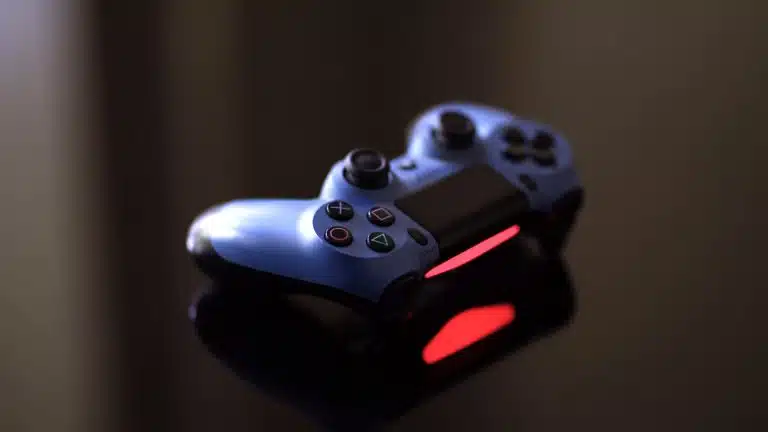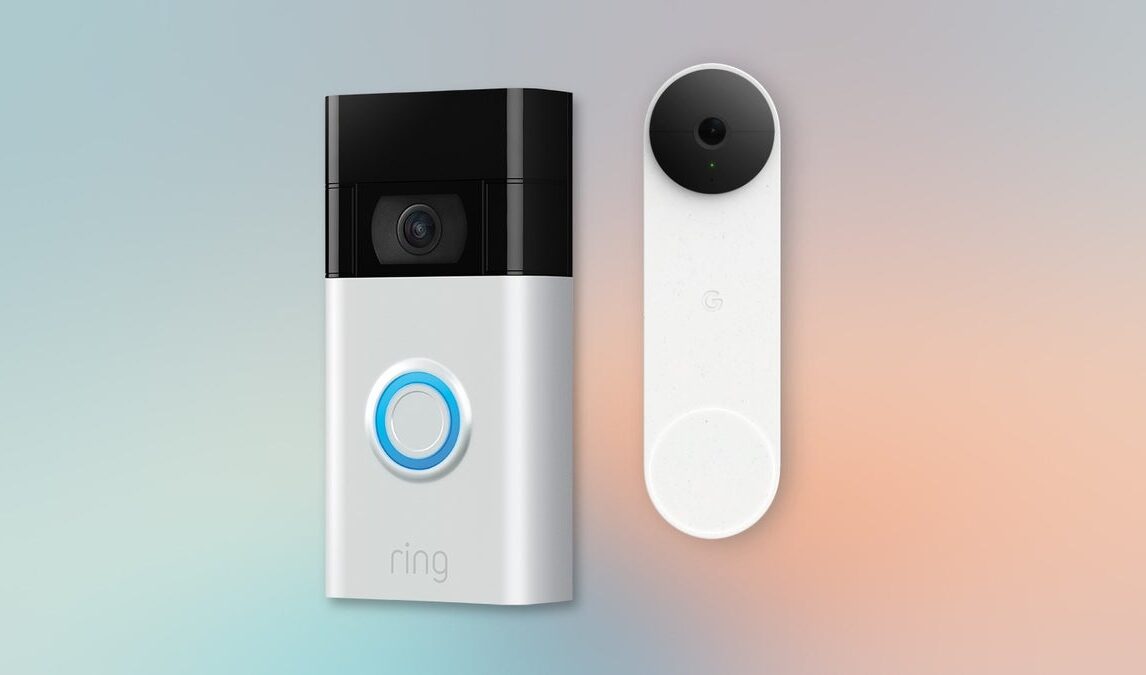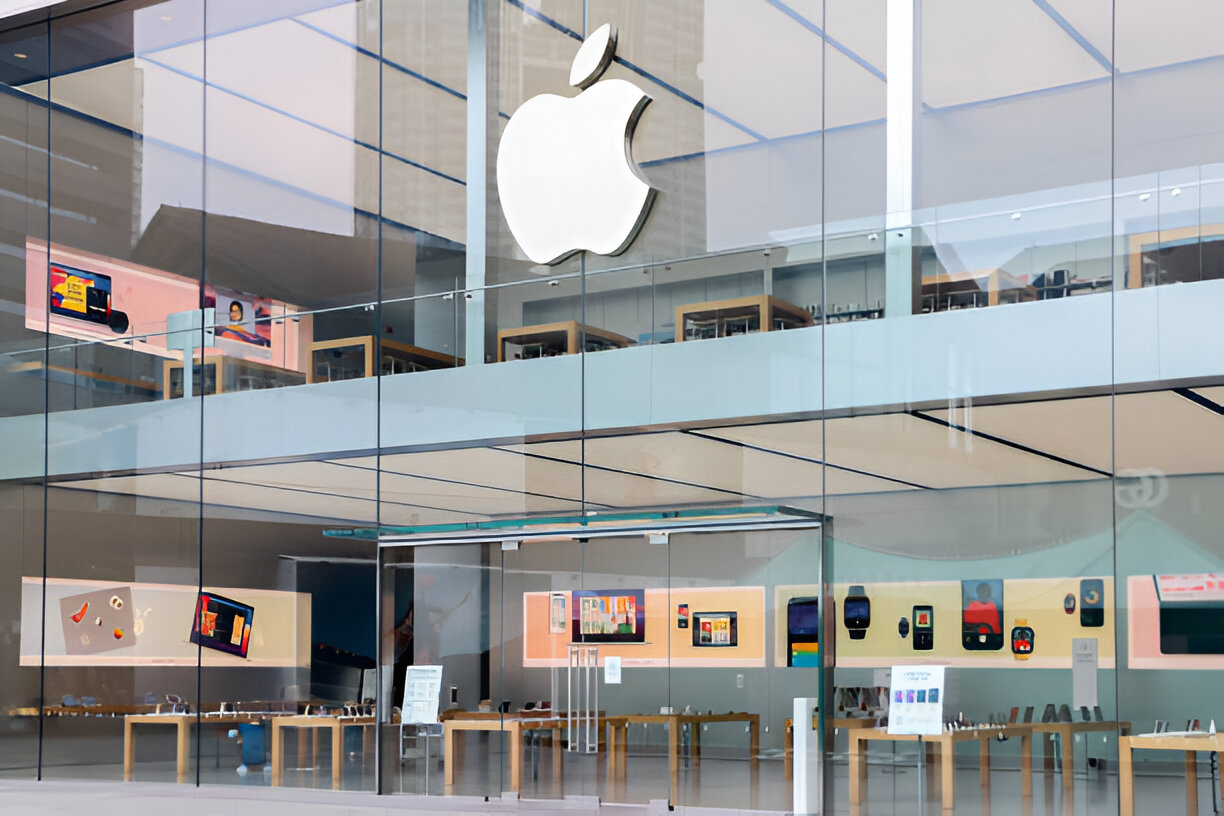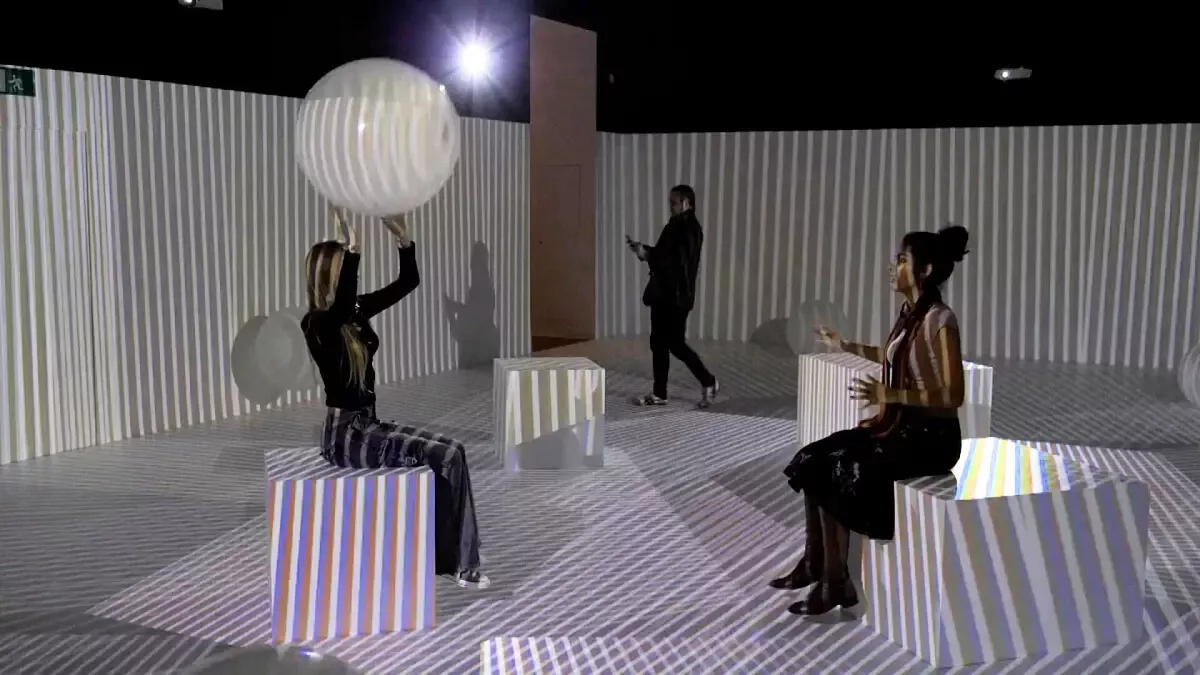
Before the Web: Art’s Bold Clash with TechnologyTechnology
Imagine a world where creativity danced on the edge of invention long before pixels and platforms dominated our screens. A time when artists wielded brushes and chisels in a battle against emerging technologies that threatened to reshape their very craft.
In this captivating journey through history, we’ll explore how artists have not only confronted technological advancements but also embraced them—challenging conventions while redefining what art could be.
From the revolutionary printing press to the advent of photography, join us as we uncover the bold clashes between art and technology that paved the way for today’s digital renaissance. Buckle up; it’s going to be an exhilarating ride through creativity and innovation!
Introduction: Setting the Stage for Art and Technology's Bold Clash
Art and technology have danced together for centuries, each influencing the other in profound ways. The clash between these two realms has sparked creativity, shaped movements, and pushed boundaries.
Imagine cave paintings illuminated by flickering firelight or Renaissance masterpieces created with the latest scientific techniques of their time. Every brush stroke tells a story not just of artistic vision but also of the technological innovations that made it possible.
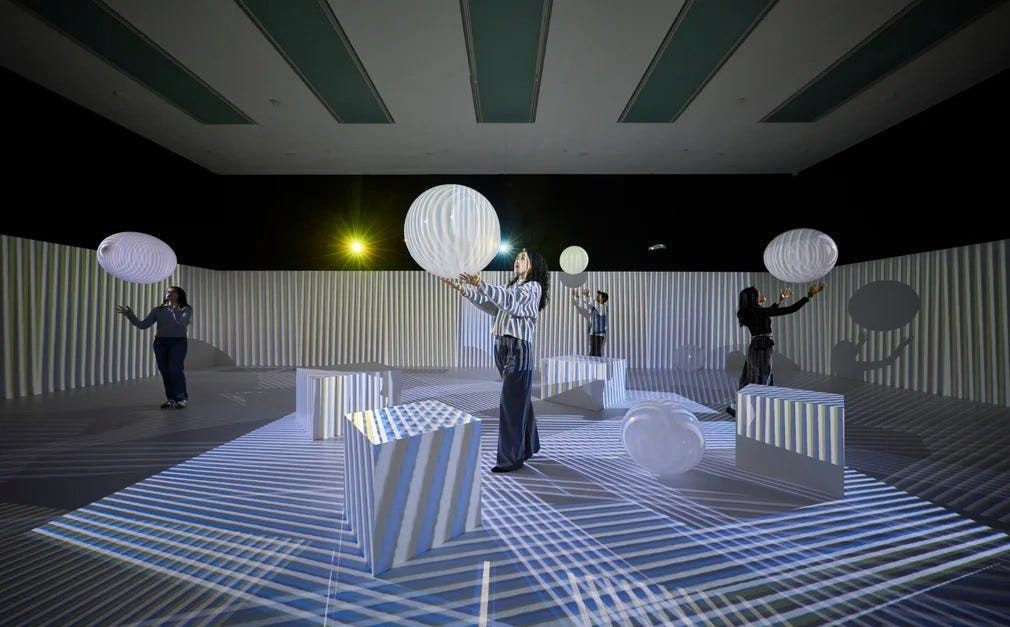
As we delve into this fascinating history, we’ll uncover how artists have embraced new tools throughout the ages—each era marked by its unique relationship between art and technology.
From the Industrial Revolution’s machinery to today’s digital canvases, there’s an intricate tapestry woven from ambition, invention, and expression. Join us as we explore this bold clash that continues to redefine what art can be in our rapidly evolving world.
The Early Days of Art and Technology: From Cave Paintings to Renaissance Masterpieces
Art’s journey began in the depths of prehistoric caves. Early humans used natural pigments to create vivid images on stone walls. These cave paintings were not mere decorations; they told stories, captured hunts, and held deep spiritual significance.
As time marched on, the Renaissance ushered in a new era. Artists like Leonardo da Vinci and Michelangelo pushed boundaries with innovative techniques. They explored anatomy, perspective, and light—elements enhanced by emerging technologies such as oil paints and canvas.
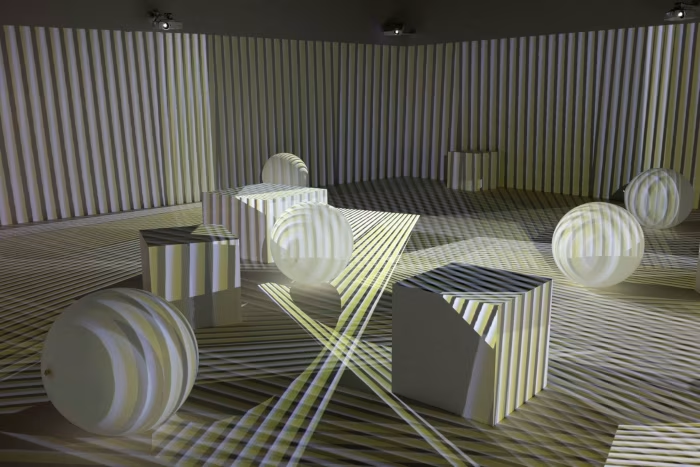
The printing press transformed art distribution during this period, too. Engravings became widespread, allowing masterpieces to reach broader audiences beyond the confines of wealthy patrons.
This blend of creativity and technology laid the groundwork for future artistic movements. Each advancement brought new possibilities for expression while challenging traditional notions of what art could be. The seeds planted during these early days continue to bloom today in diverse forms across various mediums.
Industrial Revolution and the Rise of Modern Art: The Impact of Technology on Artistic Movements
The Industrial Revolution marked a pivotal moment in history. It not only transformed economies but also reshaped the world of art. With machinery on the rise, artists began to explore new themes and materials.
Paintings started reflecting urban life, industrial landscapes, and the stark realities of factory work. The Impressionists were among those who embraced these changes, capturing fleeting moments in time with innovative techniques.
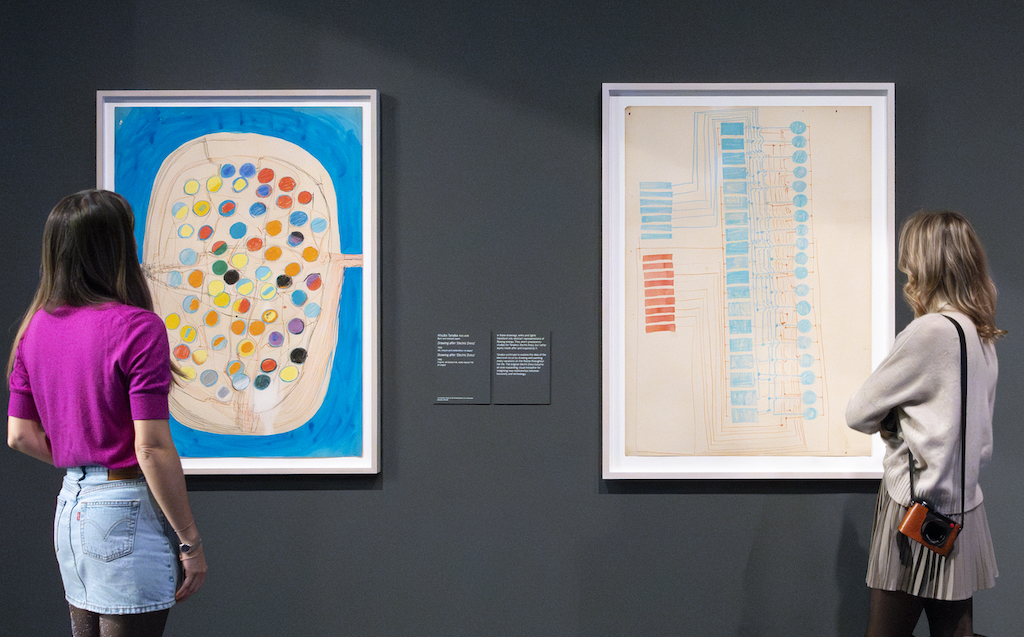
New technologies like photography challenged traditional methods. Artists had to rethink their roles as creative visionaries rather than mere recorders of reality. This shift paved the way for movements such as Cubism and Futurism.
As society became more machine-driven, so did artistic expression evolve alongside it. Art was no longer just about beauty; it became a dialogue between man and technology—an exploration of modernity’s complexities that resonated deeply within culture.
The Avant-garde Movement: Embracing New Technologies in Art
The avant-garde movement emerged as a radical force in the early 20th century, challenging traditional artistic norms. Artists began to experiment boldly with new technologies that reshaped their creative processes.
Photography became a vital tool, allowing artists to explore perspectives beyond the brushstroke. This medium not only documented reality but also transformed visual narratives.
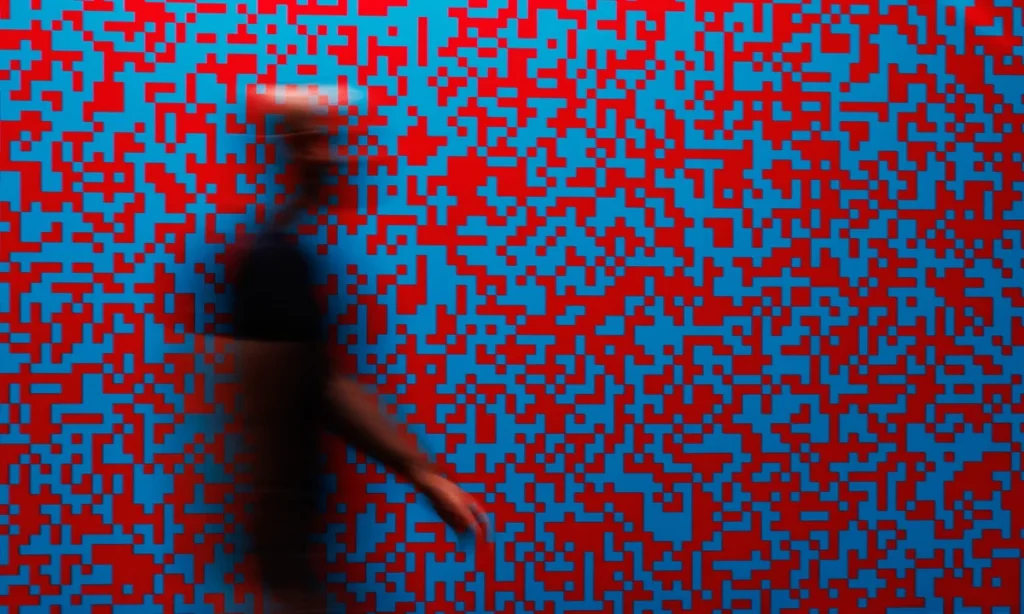
The film entered the scene, blending art and technology in unprecedented ways. It opened doors for experimental storytelling and dynamic expression.
Collage and mixed media further pushed boundaries, incorporating industrial materials into artworks. This fusion of different elements showcased how technology could enhance creativity rather than limit it.
Avant-garde artists embraced abstraction and non-representational forms too. They rejected conventional aesthetics, opting instead for innovation driven by technological advancements. Each piece became an exploration of what was possible when ArtArt met modernity head-on.
The Birth of Digital Art: From Pixelated Graphics to Virtual Reality
The emergence of digital art marked a significant shift in the creative landscape. Artists began experimenting with pixels, transforming mundane screens into vibrant canvases. Early works showcased blocky graphics that were both charming and revolutionary.
As technology advanced, so did the complexity of these creations. Software tools allowed for intricate designs that traditional mediums could hardly replicate. Digital paintings became not just viable but celebrated forms of expression.
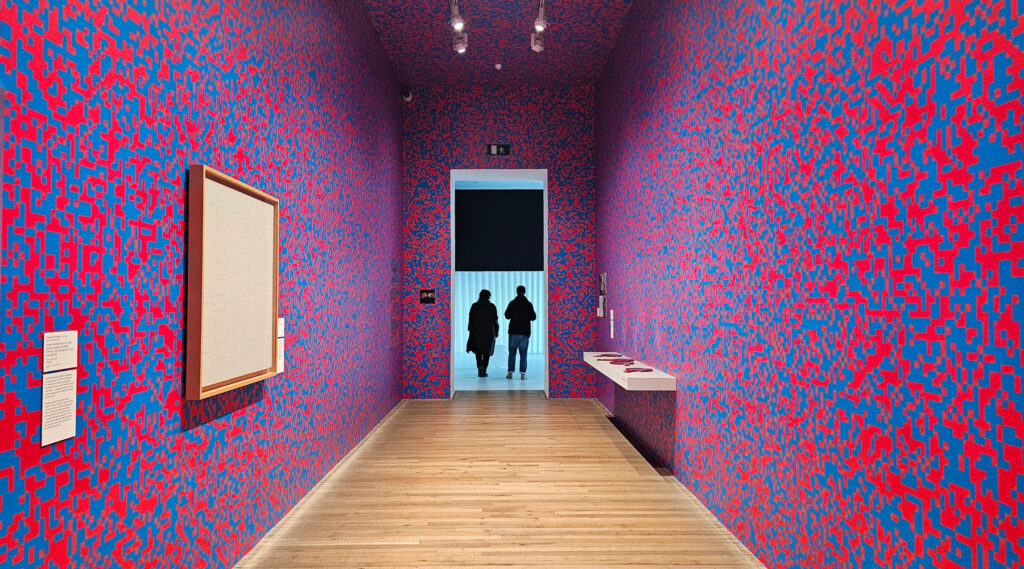
Virtual reality (VR) took this evolution to new heights. Artists now immerse viewers in interactive worlds where perception blurs between reality and imagination. These experiences invite audiences to engage on a personal level like never before.
Digital platforms also democratize art creation, enabling countless individuals to explore their creativity from home. Accessibility has unleashed an explosion of talent across various cultures and backgrounds, enriching the global artistic community in unprecedented ways.
This fusion continues to redefine our understanding of what art can be, pushing boundaries further each day.
Contemporary Artists Pushing the Boundaries with Technology: From 3D Printing to AI-Generated Art
Contemporary artists are redefining creativity through technology. They explore innovative mediums, blending traditional skills with advanced tools.
3D printing has revolutionized sculpture and design. Artists can create intricate forms that were once impossible to achieve by hand. This process allows for experimentation without the constraints of conventional materials.
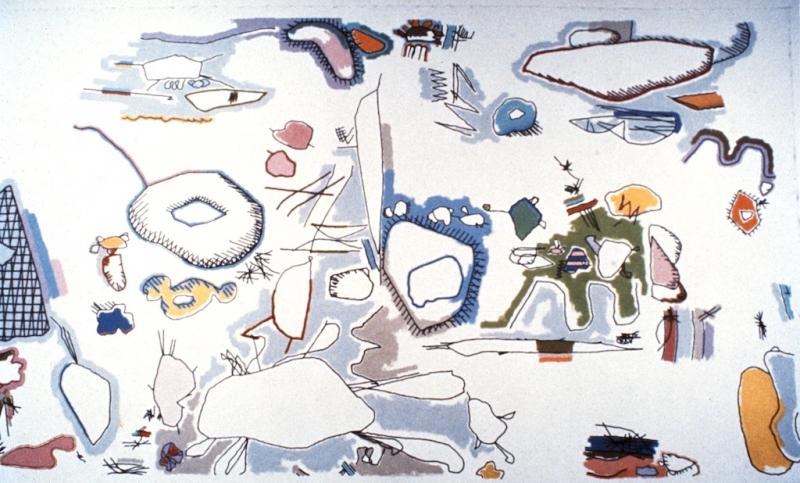
AI-generated art is another frontier. Algorithms analyze vast datasets to produce unique pieces. This fusion of human intuition and machine precision challenges our understanding of authorship in ArtArt.
Some creators use virtual reality to immerse viewers in their work, crafting experiences rather than static displays. Audiences engage deeply with digital environments, enhancing emotional connections.
Artists today are not just using technology; they’re collaborating with it. Each piece sparks conversations about innovation, identity, and what it means to be an artist in a rapidly evolving landscape. The boundaries continue to expand as new technologies emerge, inviting endless possibilities for expression.
Criticisms and Controversies Surrounding Art and Technology Integration
The integration of ArtArt and technology has sparked a whirlwind of debates among critics. Some argue that the use of technology dilutes the essence of artistic expression. They believe that reliance on digital tools can strip away the human touch, making artworks feel mechanical.
Others raise concerns about accessibility. As high-tech methods become more popular, traditional artists may struggle to gain visibility in a saturated market dominated by digital creators. This shift could marginalize those who prefer conventional techniques.
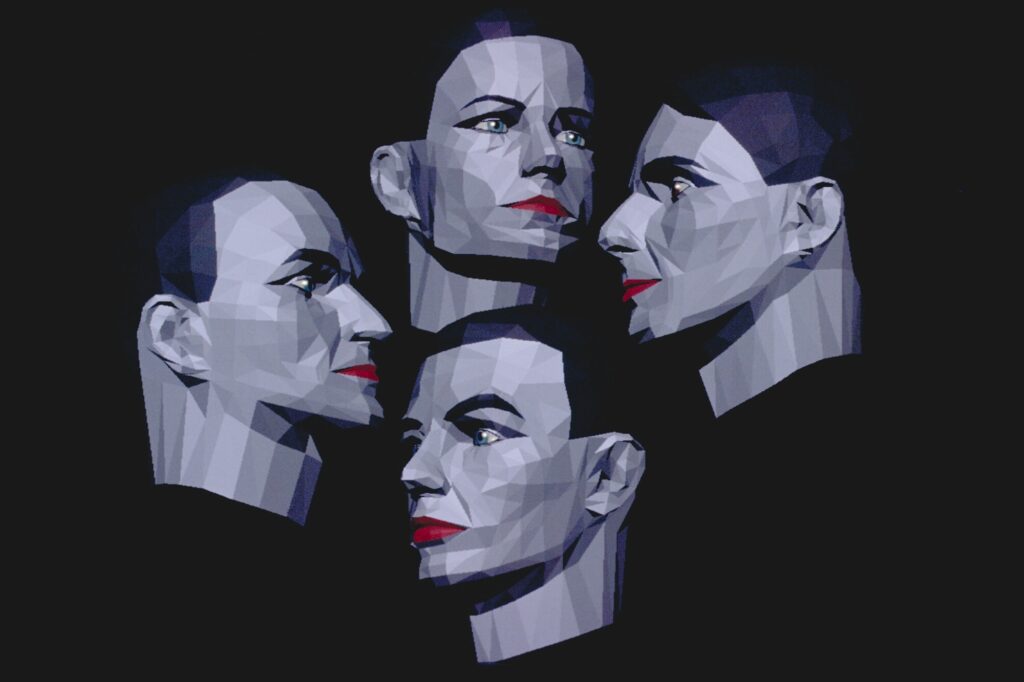
Additionally, ethical questions often arise surrounding AI-generated art. Is it truly creative if machines are behind the brush? The debate intensifies as we see algorithms producing works that mimic human styles with astonishing accuracy.
These tensions illustrate an ongoing cultural clash between innovation and tradition, each side passionately advocating for its vision of what ArtArt should represent in our rapidly evolving world.
Conclusion: Looking Towards the Future of Art and Technology Collaboration
The integration of art and technology has evolved dramatically over the centuries. Today, artists are not only embracing digital tools but also pushing boundaries with innovations like artificial intelligence and virtual reality.
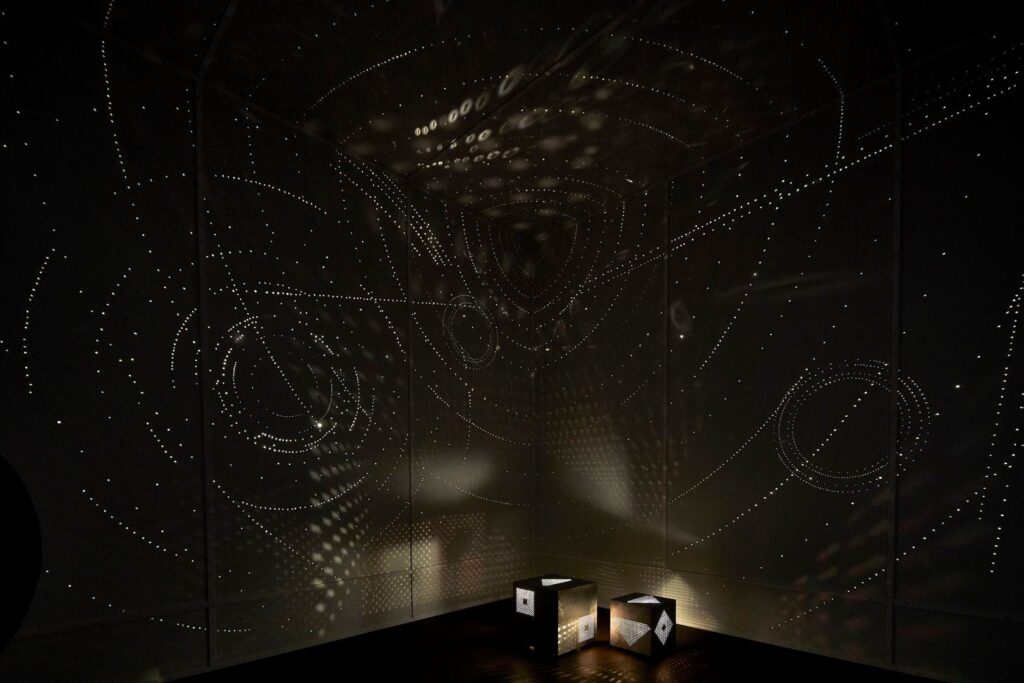
This collaborative spirit between creative expression and technological advancement hints at a vibrant future. The possibilities seem endless as new mediums emerge and redefine artistic practices.
As we look ahead, it’s clear that this bold clash will continue to inspire both artists and audiences alike. The dialogue between art and technology is just beginning, inviting us all to engage with their intersection in ways we have yet to imagine.

